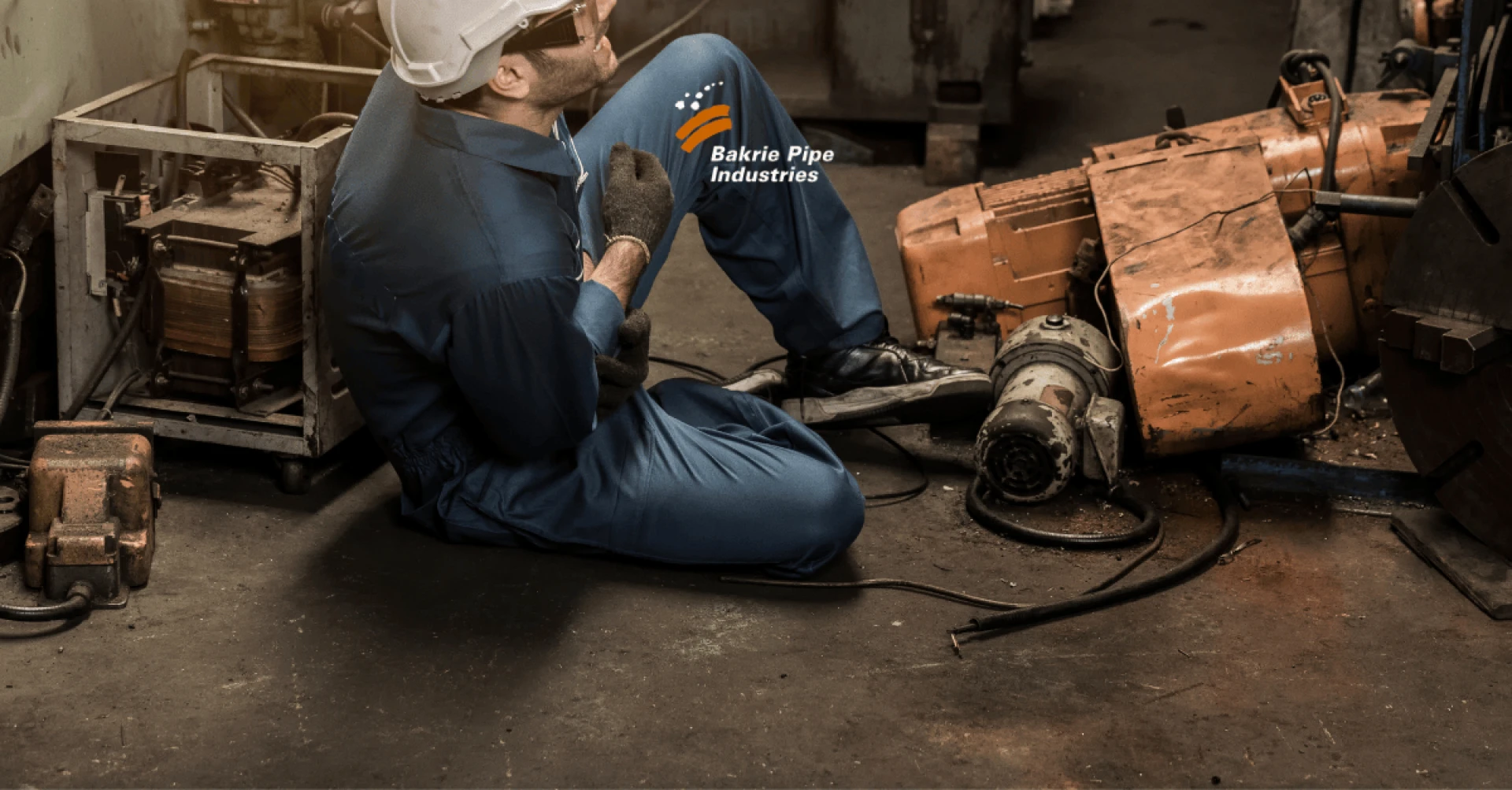Have you ever thought that technology could provide "early warnings" before workplace accidents occur? In today's era, this is no longer just talk. With the help of Artificial Intelligence (AI), safety analytics and real-time safety alerts have emerged. Essentially, these systems can monitor environmental conditions in real time and notify you of potential hazards.
Why is Safety Analytics Important?
Accidents in the workplace or public spaces not only cause injury but can also be detrimental to a company's reputation and image. Traditional warning systems typically only sound when a problem is already present.
With safety analytics, the approach is different: more proactive. AI can analyze real-time data, detect signs of danger, and provide immediate notification before an incident occurs.
Here are some important facts:Fact 1: AI Reduces Human Error in the WorkplaceMany accidents occur due to human error, such as forgetting to turn off a machine or misreading an indicator. With AI, the system can provide automatic alerts when procedures are missed or tools are used improperly.
Fact 2: Alerts Sent in Real-TimeAs soon as AI detects a potential hazard, the system immediately sends a notification to workers or emergency teams. This process takes only seconds, much faster than manual methods.
Fact 3: Proven to Reduce Accidents
- Manufacturing industry → workplace accidents decreased by 30% within a year after installing this system.
- Construction → emergency response times are faster, thus reducing the impact of injuries.
Fact 4: Additional Benefits Beyond Safety
- Operations are more efficient because problems can be prevented before they become fatal.
- A sense of safety is increased, making workers more confident and customers more confident in the company.
Fact 5: Challenges Remain
- High initial costs → installing sensors and systems requires significant capital.
- Technology must be updated → if not updated, accuracy can decrease.
In fact, AI can help "predict" accidents through safety analytics. This technology allows for faster responses, reduced risks, and a safer work environment. Challenges remain, but the potential is far greater for the future of safety.
